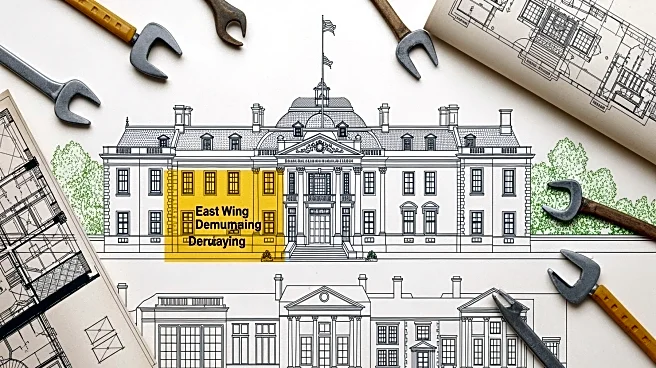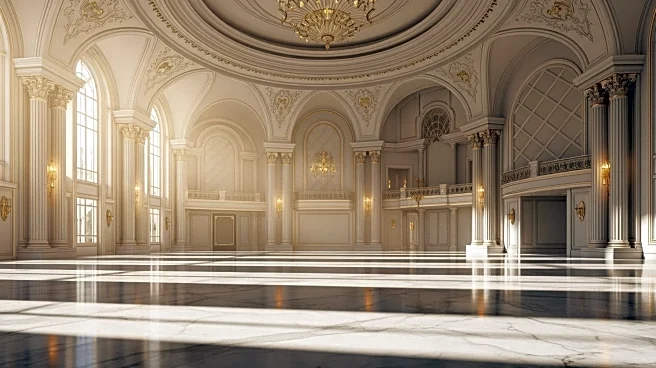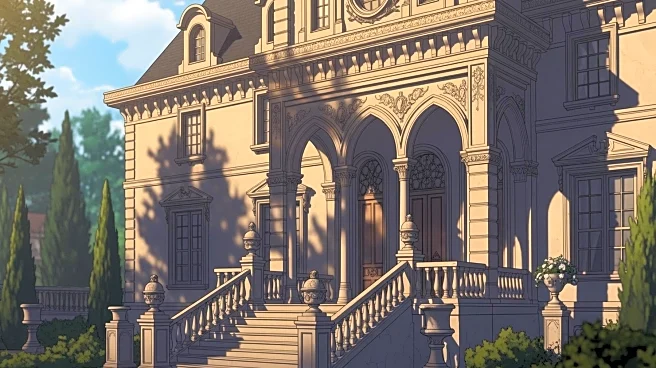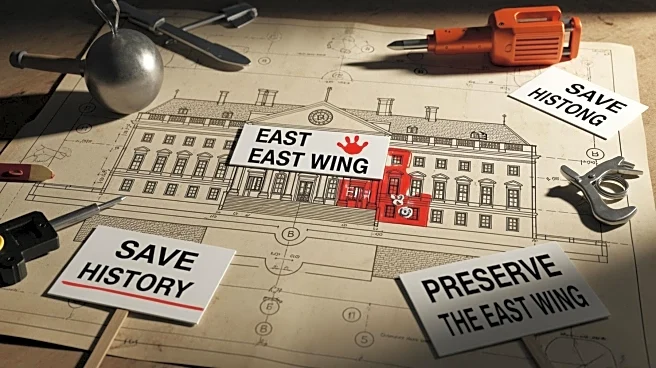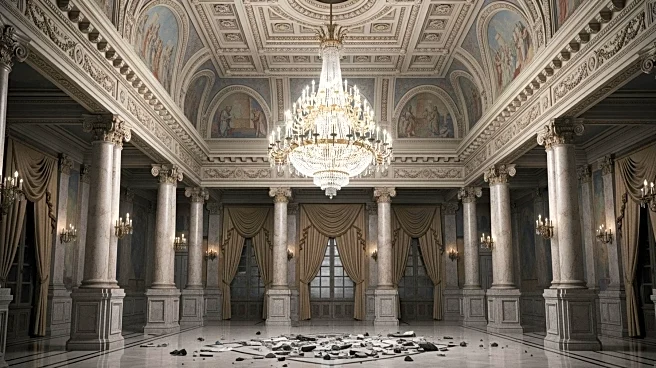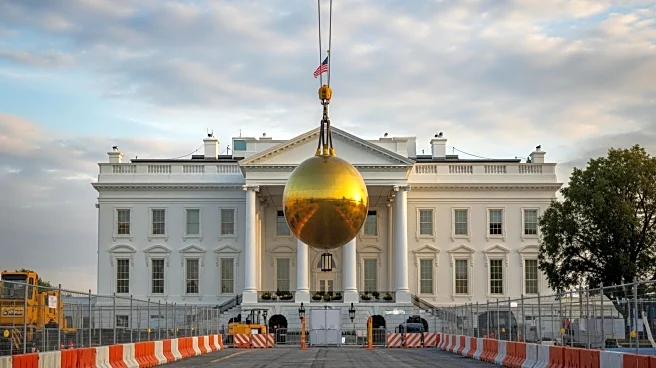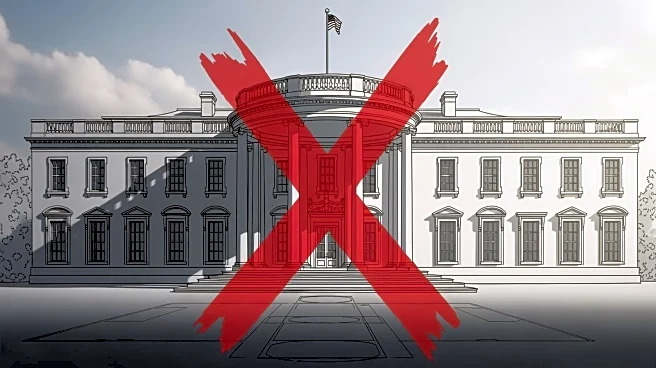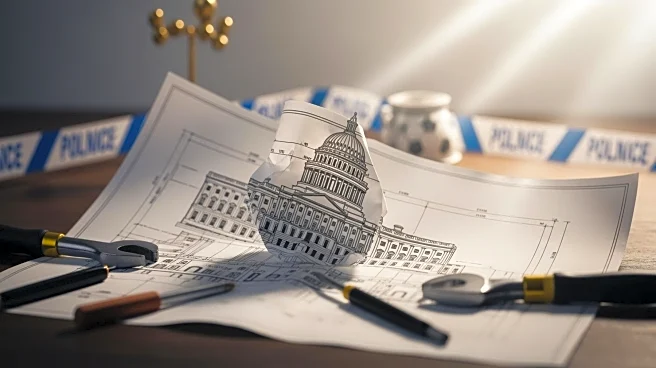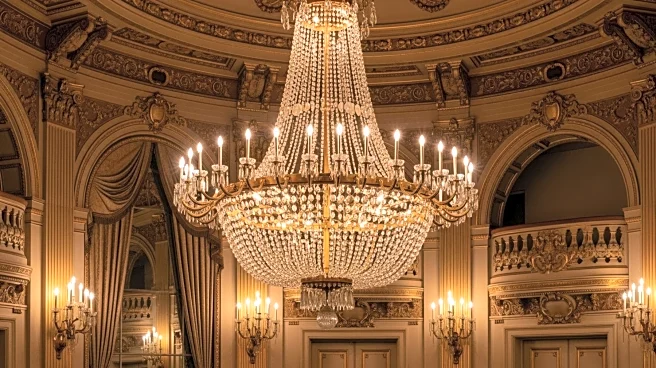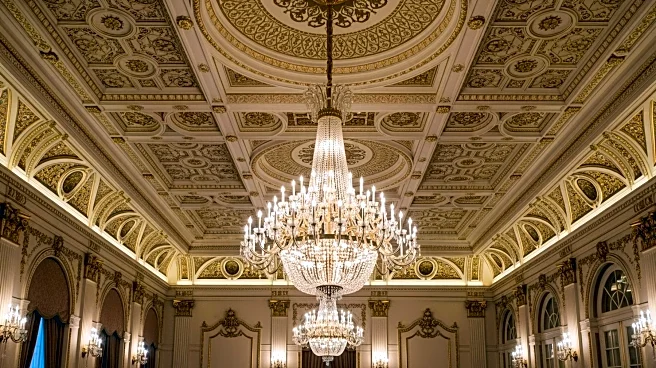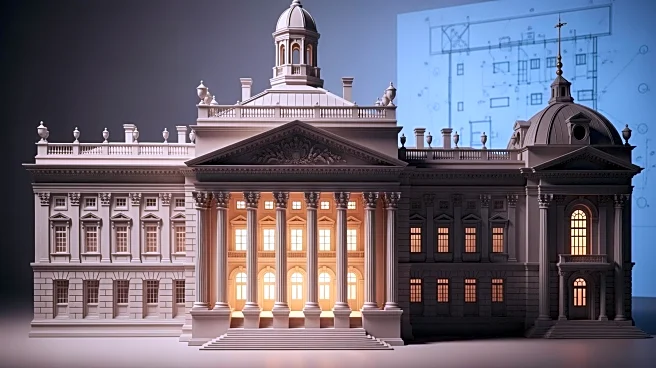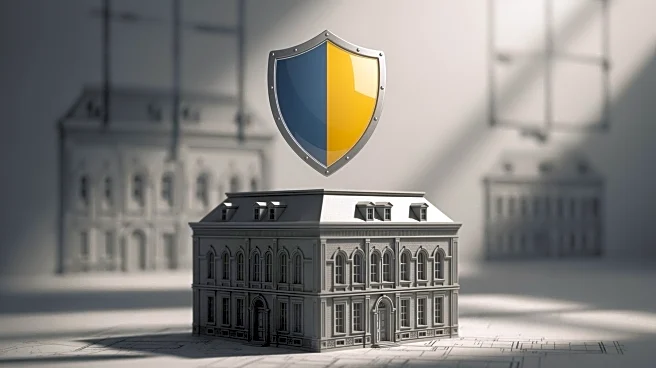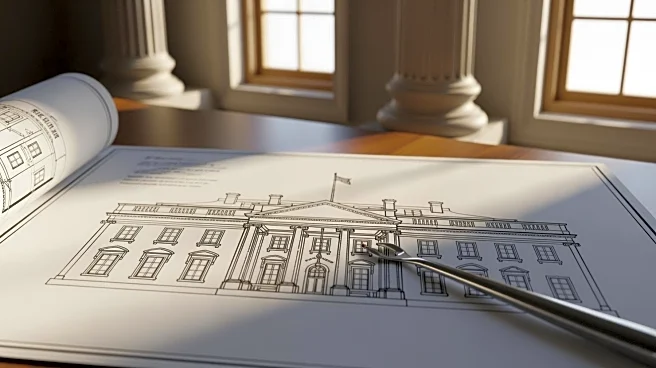What's Happening?
The Trump administration has announced plans to demolish the East Wing of the White House to construct a new $300 million ballroom. This decision has drawn criticism from historians and the public, who are concerned about the preservation of historic
structures. The East Wing, built in 1942, has traditionally housed the first lady and her staff. The White House press office has dismissed the criticism as 'manufactured outrage,' emphasizing the necessity of the new addition to honor the building's history. The project is part of a larger renovation effort, marking the first major construction on White House grounds in nearly 80 years.
Why It's Important?
The proposed demolition and construction project at the White House highlights the ongoing debate between preserving historical architecture and meeting modern needs. The decision has significant implications for historical preservationists and those concerned with maintaining the integrity of national landmarks. The project also raises questions about the allocation of resources and the role of private donors in funding public projects. Critics argue that the new ballroom is unnecessary given the existing space for large events at the White House, while supporters claim it continues a legacy of presidential renovations.
What's Next?
The project is likely to face further scrutiny from historians, preservationists, and political figures. The White House may need to provide more transparency regarding the funding and specific plans for the new ballroom. Public and political reactions could influence the project's timeline and execution. Additionally, the debate may prompt discussions about the balance between modernization and preservation in other historic government buildings.
Beyond the Headlines
The controversy surrounding the demolition of the East Wing reflects broader cultural and ethical considerations about how the U.S. values its historical sites. The decision could set a precedent for future renovations of national landmarks, potentially influencing how historical preservation is approached in the context of modern needs and aesthetics.
